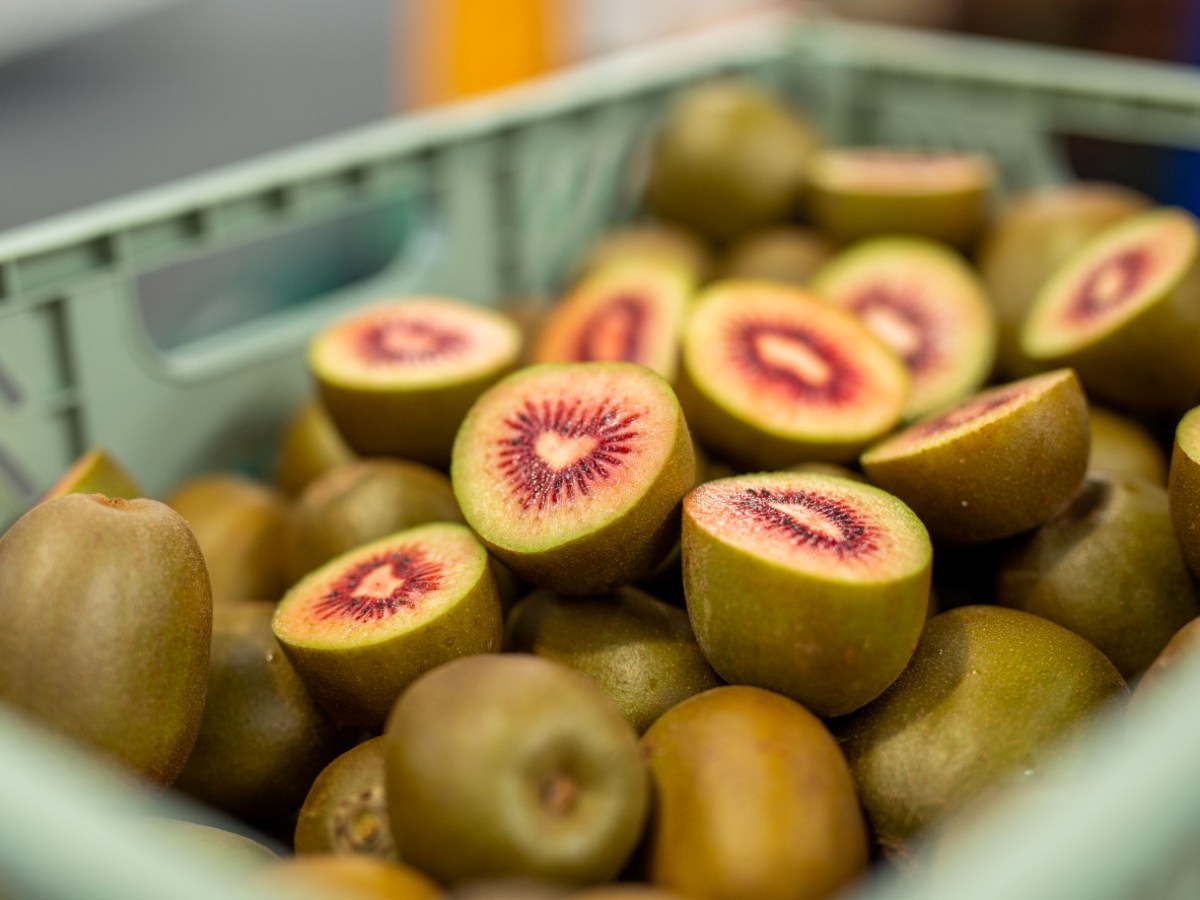The arrival of the vine killing disease Pseudomonas syringae pv. actinidae (Psa) into Aotearoa New Zealand in 2010 had a devastating impact on the North Island’s kiwifruit industry – with losses estimated to be around $1 billion. In response to the outbreak, the movement of kiwifruit plant material was restricted between the North Island, where the outbreak occurred, and the South Island.

While these regulations have helped the South Island avoid Psa, they have meant South Island orchardists have not been able to access new kiwifruit cultivars that have been developed and released to North Island growers, including Zespri’s RubyRed™ Kiwifruit variety – the latest release from the Zespri-Plant & Food Research breeding programme.
In response to this challenge, scientists from Plant & Food Research have worked with industry to develop a safe pathway for kiwifruit plant material to cross the Cook Strait. This process involves three stages: laboratory-based tissue culture, a quarantine glasshouse facility, and an outdoor containment facility. Over two years the plants are closely monitored, with an expert team at Plant & Food Research’s Lincoln site stress testing the plants in a contained environment to ensure there’s no infection risk.
As a result of this programme, plants from Zespri’s most recently commercialised variety are now in the hands of South Island growers. Plant & Food Research Business Manager, Yvette Jones, says around 11 hectares of propagated ‘Zes008’ RubyRed™ vines has so far been established in the Nelson Tasman region, with orchardists picking their first crop of the new variety this year.
“It’s so exciting to know these orchardists at the top of the South Island can now be a part of this journey with this new cultivar, it’s an important milestone for the industry. We anticipate this pathway will also be used for other cultivars in the future, such as our pipeline of future green kiwifruit varieties.”
As well as unlocking equal opportunity for growers, the pathway for Psa free material is also supporting science that’s being undertaken at the Kiwifruit Breeding Centre’s South Island facilities in Motueka and Clyde. This work is of particular importance with likely changes in suitable production regions due to climate change.
“We’re thinking a step ahead when it comes to what the future of kiwifruit production could look like in a changing climate. That’s why our kiwifruit breeding programme spans from Kerikeri in the North and Clyde in Central Otago – allowing us to see how crops perform in contrasting environmental conditions,” says Yvette.



